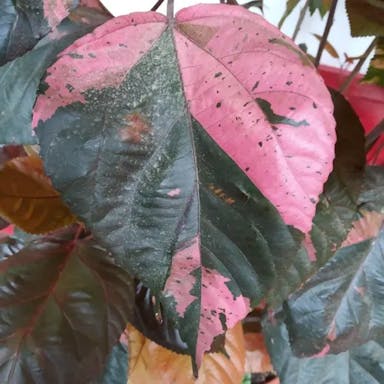For optimal growth, water Hillside hawthorn deeply once a week during the growing season. Ensure the soil is moist but not waterlogged, allowing the top 2-3 inches to dry out between waterings. During the dormant season, reduce watering to once every 2-3 weeks to prevent root rot. Adjust watering frequency based on weather conditions and soil humidity levels. Avoid overhead watering to prevent fungal diseases and focus on watering the base of the plant. In hot, dry climates, increase watering frequency, but always monitor soil moisture to prevent overwatering.
0
0











